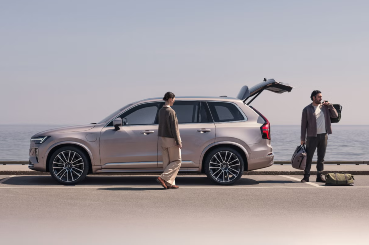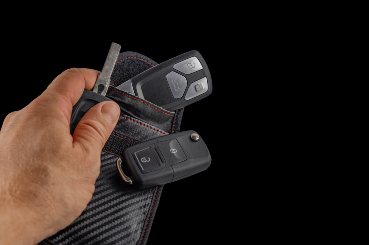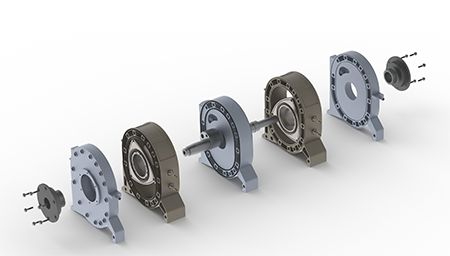
The rotary engine, a captivating departure from the conventional piston-cylinder design, has intrigued engineers and enthusiasts for decades.
Characterised by its distinctive triangular rotor and orbiting combustion chambers, this engine offers a unique approach to harnessing energy from fuel. While it has faced challenges and limitations, the rotary engine’s potential for smooth power delivery, compact size, and lower vibration has kept it in the spotlight.
Let’s delve into the intricacies of this fascinating technology and explore its history, mechanics, and impact on the automotive world.
What is a rotary engine?
A rotary engine is essentially made up of an oval chamber with a spinning rotor inside, moving off-centre on an axle. The rotor is in the shape of a rounded triangle to create the three separate sections necessary for a combustion engine: compression, ignition and exhaust. Whereas, a traditional piston engine has a round combustion chamber with a piston that moves up and down to allow for the fuel and oxygen to mix, ignite and exhaust.
Rotary advantages:
- It only has two moving parts.
- Vibrations can be practically eliminated.
- Smooth power delivery and much higher revolutions per minute (revs) can be produced.
Rotary Disadvantages:
- Usually less torque than piston engines.
- Engine’s ignition section is impractically shaped, causing poor fuel efficiency.
- Uses large quantities of oil in the chamber, leading to poor emissions.
The first-ever production car to be fitted with a rotary engine was the 1964 two-seater NSU Wankel Spider. Weighing just 700kg with a 498cc single-rotor Wankel engine, the NSU had just 50bhp. With a 0-60mph time of a lengthy 15.7 seconds, the NSU certainly didn’t cause a stir.

Following this, the Europeans could never seem to get the rotary right, from the dismal Citroen M35 to the outright incredible Mercedes-Benz C111 V1 that could achieve 162mph (in 1969!), but was never put into production. Mercedes only ever made 15 and each is now worth well over £5M, even though only one of those actually has an engine!
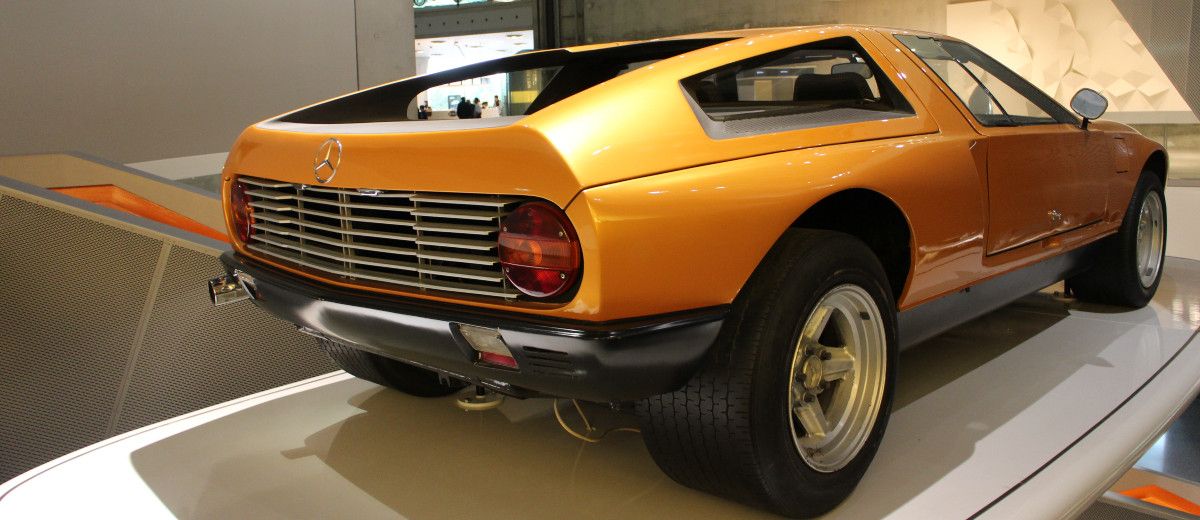
The Mazda Cosmo – An icon of Japan.
Mazda became the first, and only sustainable, mass-producers of rotary-powered cars in 1967, when it unveiled the breathtaking Mazda Cosmo. Powered by a twin-rotor 982cc engine, the Cosmo produced 110hp, delivered to the back tyres – resulting in a top speed of 115mph. A true icon of the decade, the Cosmo was named and styled to remind consumers of the space-race. The Cosmo is now considered a piece of art by many and has been known to sell for over £700,000.
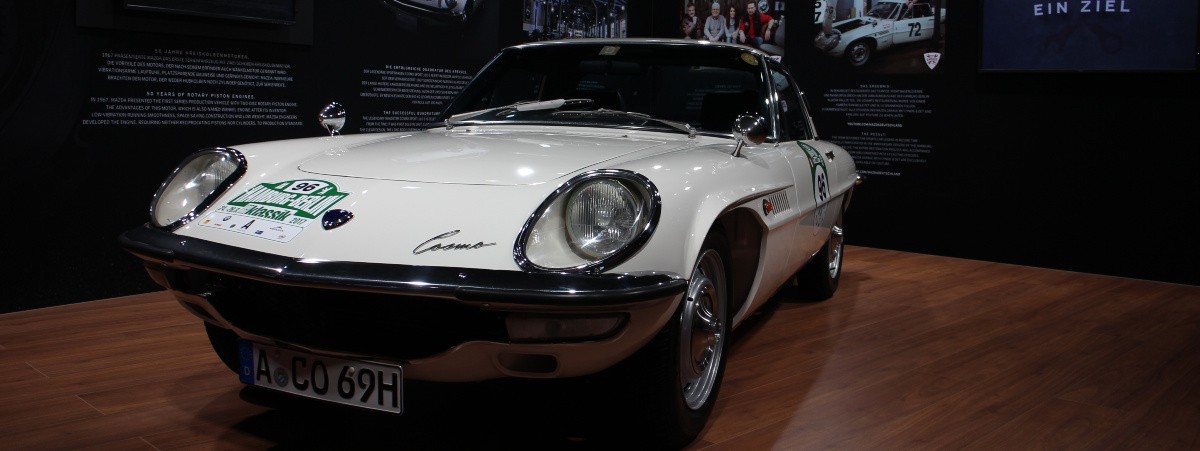
How does a rotary engine work?
The operational principle of a rotary engine revolves around its triangular rotor. As the rotor rotates within the engine housing, it generates three chambers that undergo the four strokes of an internal combustion cycle: intake, compression, power, and exhaust.
This cyclical process occurs seamlessly as the rotor continues to turn. Compared to the complex mechanics of piston engines, the rotary engine boasts a simpler design with fewer moving parts, which translates to reduced friction, lower vibration, and potentially enhanced efficiency.
Who designed the rotary engine?
Although the concept of a rotary engine can be traced back to the early 20th century, it was the ingenuity of German engineer Felix Wankel that brought the design to fruition in the 1950s.
Wankel’s groundbreaking work laid the foundation for the rotary engine as we know it today. His innovative approach to internal combustion, departing from the conventional piston and cylinder arrangement, paved the way for a new era of engine development.
What cars have rotary engines?
While various automakers have explored the rotary engine, Mazda is undeniably the most recognised name associated with this technology. The company’s iconic RX-7 and RX-8 models are prime examples of rotary-powered vehicles that captivated enthusiasts with their exhilarating performance and distinctive character. They also have a car for everyday drivers, the Mazda MX-30 R-EV, which holds a rotary engine.
These cars were renowned for their high-revving capabilities and smooth power delivery, making them favourites on the racetrack and winding roads alike. However, despite their performance advantages, challenges related to fuel efficiency and emissions have limited the widespread adoption of rotary engines in recent years.
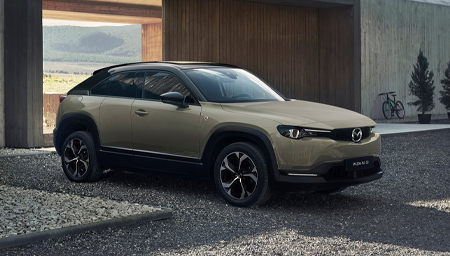
Are rotary engines efficient?
Historically, rotary engines have faced challenges in achieving the same level of fuel efficiency as their piston-based counterparts. The unique shape of the combustion chambers and the sealing complexities associated with the rotor contribute to these efficiency limitations.
While advancements in rotary engine technology have led to improvements, overcoming these hurdles remains an ongoing challenge for engineers. Despite these drawbacks, the potential benefits of rotary engines, such as reduced emissions and lower vibration, continue to drive research and development efforts.
Are rotary engines reliable?
Reliability has been a subject of debate regarding rotary engines. Early iterations of the technology suffered from issues such as seal wear and apex seal failures, which impacted engine longevity.
However, Mazda, through persistent research and development, made significant strides in enhancing the reliability of its rotary engines. Modern rotary engines have demonstrated improved durability, but proper maintenance and care remain crucial for optimal performance and lifespan.
While the rotary engine offers a compelling alternative to traditional piston engines, its inherent complexities and historical challenges have hindered its widespread adoption. Nevertheless, the technology’s potential for high performance, reduced emissions, and smoother operation continues to intrigue engineers and enthusiasts alike.
As research progresses and technological advancements are made, the rotary engine may yet reclaim its position as a viable and desirable power source.
